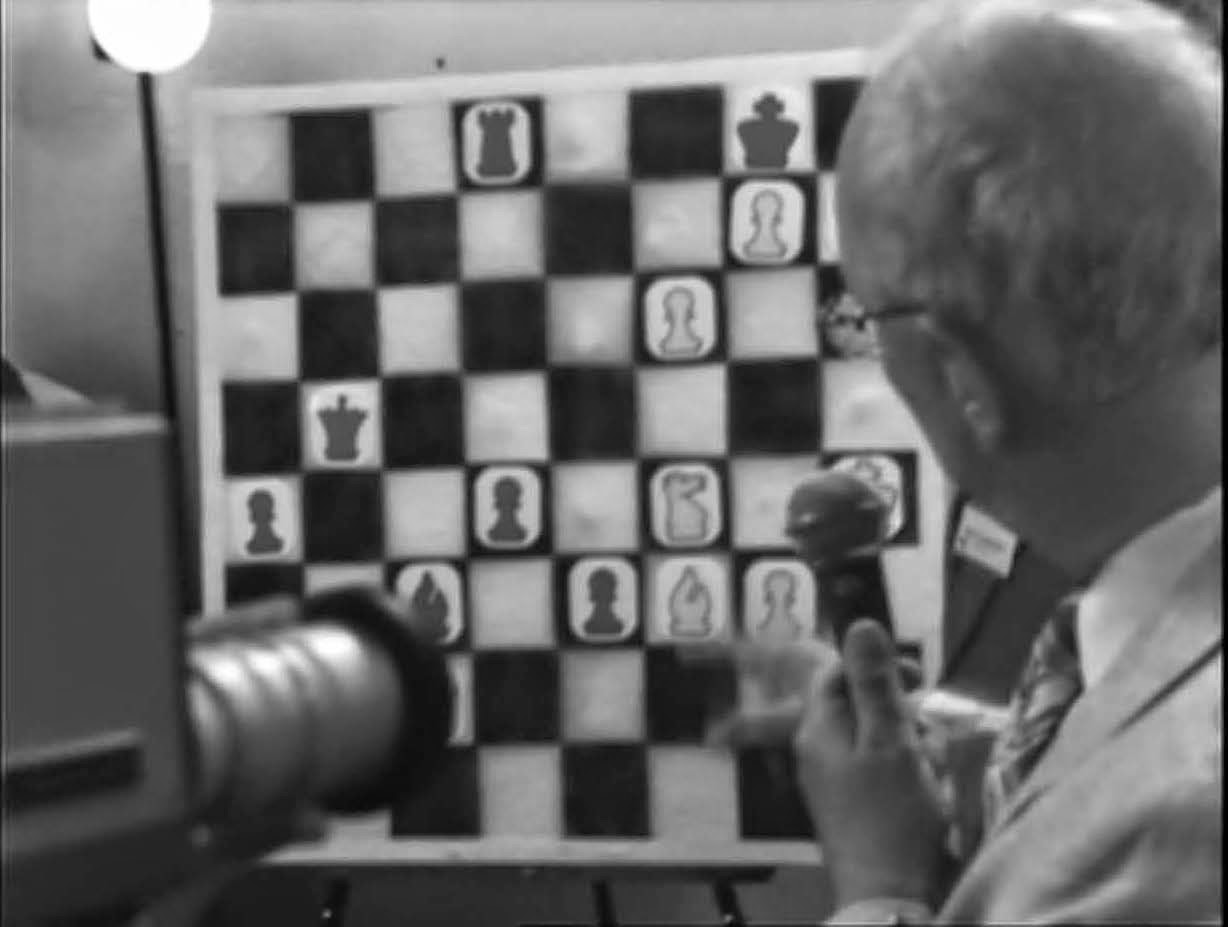Jealousy, a 77-minute brisk waltz through a series of relationships (always ending, never beginning), is my choice for the film of the year. It's a film by Philippe Garrel, a director whose work extends back to the New Wave, but works here like the era never ended. Shot in black and white 35mm, it often feels like a relic of lost time, a slippage of memories carefully stitched together in the hope that one may learn from past mistakes. It opens with a woman crying and closes on a man staring blankly before turning off a light, and in between these shots is a search for truth in others, a fool's ambition.
"Love has its limits," an old mentor relays to Louis, played by Garrel's own son (also Louis). Louis claims his power to love beyond anything, but by this point we know there's a difference between what he says and what he's done. He's gone one wife and one to a second, Claudia (Anna Mouglalis), but it doesn't take him long to begin prospective kisses without any emotional warning. Louis and Claudia profess their undying love in one scene while always searching beyond the frame for something else. They occasionally hint at the deep seeded mistrust underneath their words of desire, which in fact only create the fuel for the titular emotion to begin a search outside their cramped apartment.






































